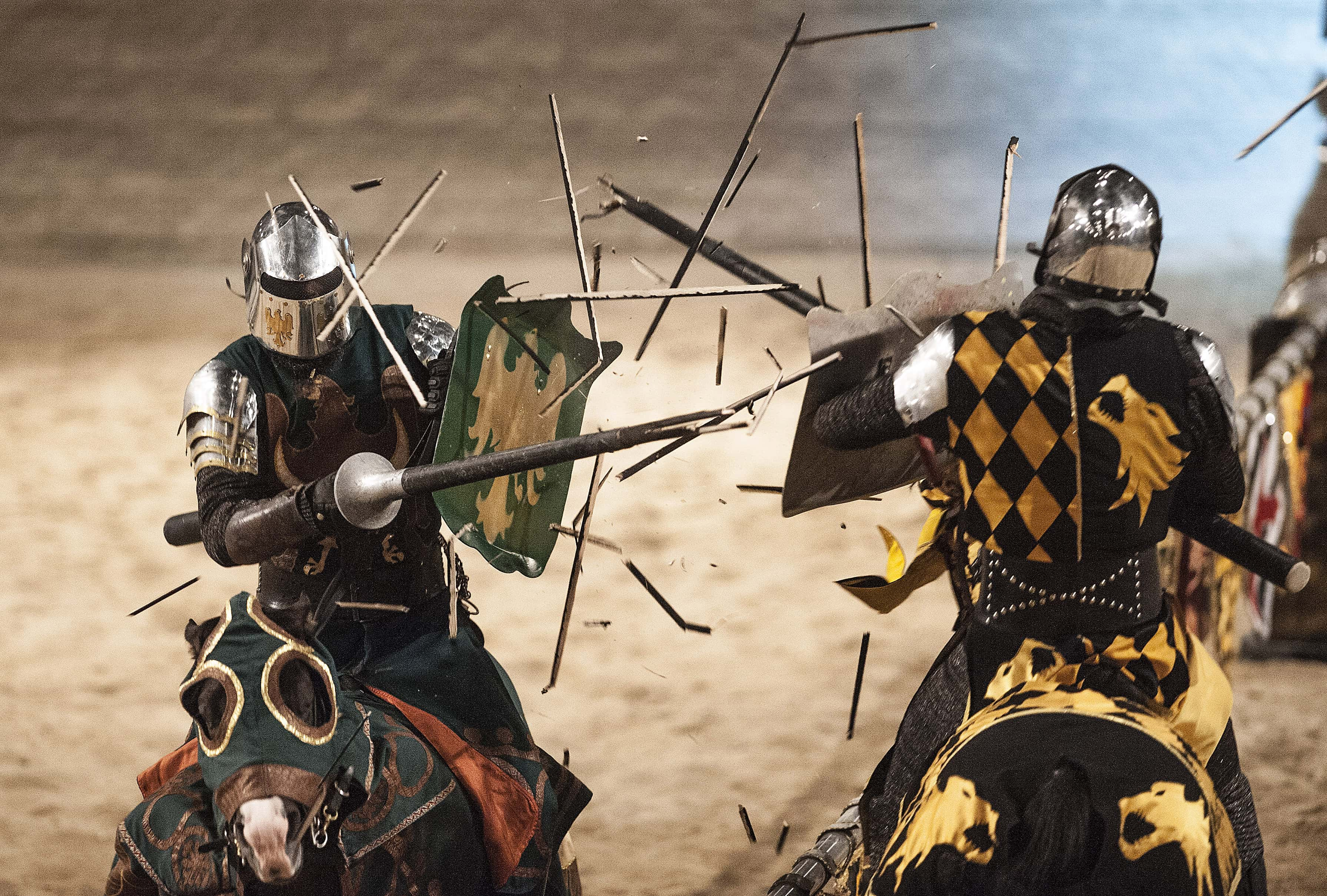

Its primary principle is to protect those that show weakness rather than do injustice to them and as a result, the essence of military ethos can be applicated to other prospects of life.


The purpose of war ethos was, and still is, to enact a predicate where soldiers will take action with ethicality in mind, protecting against immoral exploitation of conquered populace and nefarious usage of the power bestowed upon soldiers like the usage of a weapon to strike an unarmed fighter (Ronald).
MEDIEVAL EUROPE KNIGHTS CHIVALRY CODE
This ideology was influenced by predating philosophies of war, such as the Chinese Confucian philosophy, and attempted to conform to the Just War theories to formulate a de facto code of conduct that can logically be deduced by people of all backgrounds. Whereas knightly piety described the relationship between Christ and warriors, military ethos extends way beyond that and embodies the ethical mien of all manners of warriors and combatants. In effect, knightly piety dictated the religiosity of an individual and how Christianity and war can co-exist. Knightly piety played a pivotal role in the knights’ participation during the Crusades by the Roman Catholic Church, endearing them by justifying their participation in war as a holy cause. This bore fruition to the knightly piety, a religious denomination of Christianity that was embraced by knights and clerics alike due to its equitability and catholic nature. It was not until the conception of the Christian rendition of Just War (Ronald), a theory arguing war can be justified in the eyes of God if it is the last resort in reconciling a conflict (Jeremy), that the City of God began to reconsider the ethical values of chivalry. However, chivalry was not always sanctioned by the clergy circles of Christianity.ĭue to the warfare-eccentric aspects of chivalry, Christian societies had difficulty in adopting the chivalric way of life and were most times against it, as warfare and killing, in general, was considered sinful by the Catholic Church. Towards the end of the Middle Ages, the term had evolved to circumscribe a moral system chiefly composed of three pillars – military ethos, knightly piety, and courtesy – that sequentially dictate the noble life. These ideals were partly assimilated by the aristocracy of medieval Europe thus redefining the virtues nobles stood by at the time. The original meaning of the word “chivalric” was derived from the Old French “chevalerie” and referred to a specific class of knighthood, specifically “horse soldiery”, but later developed to encompass all knightly ideals. While the chivalric code has rarely taken the shape of a formal code of conduct, its effects can be observed in the way medieval life was shaped from the way wars were waged to the way nobility behaved.


 0 kommentar(er)
0 kommentar(er)
